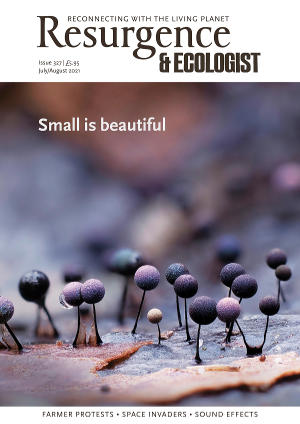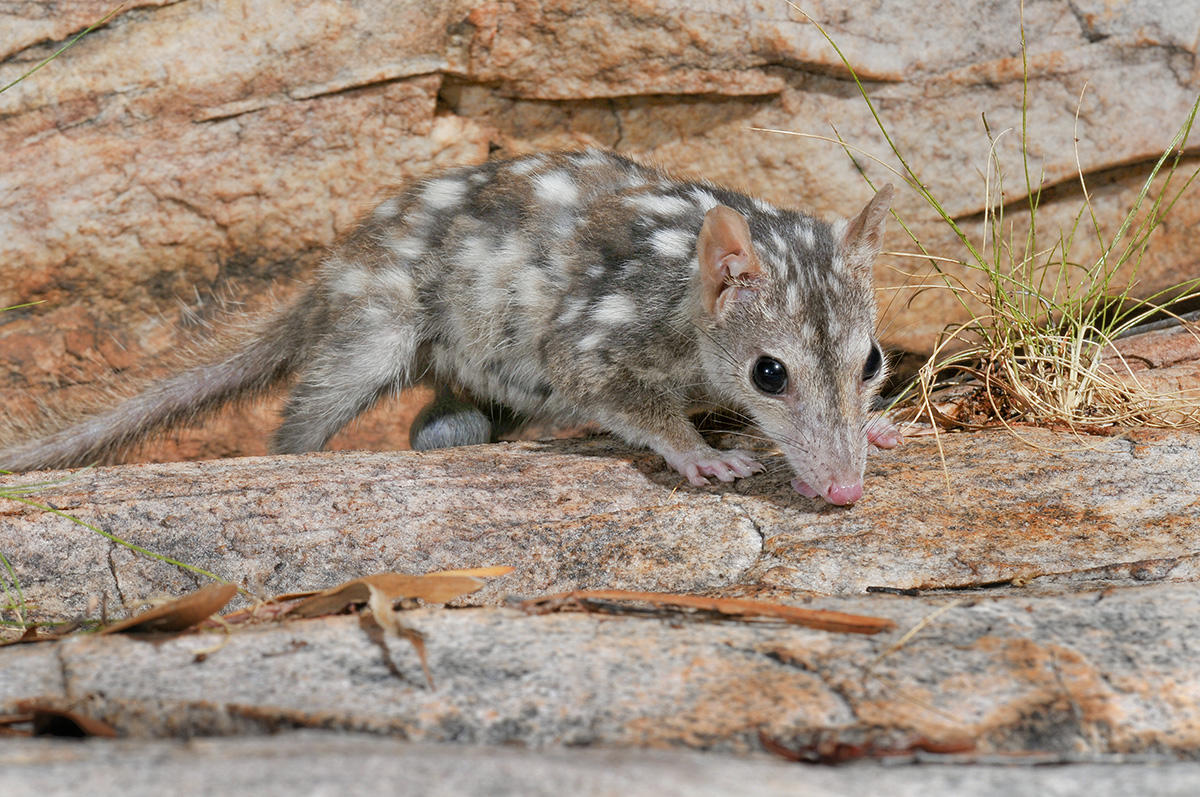It may make for unpleasant reading, but Australia is the continent with the world’s highest mammal extinction rate. In fact, since Europeans first arrived on the southern continent in the late 18th century, 10% of the original species they might have found are now extinct. There are a number of reasons that this is the case, but perhaps the most significant is the impact of animals that Europeans deliberately or accidentally released into the previously isolated Australian landscape. Rabbits, pigs, donkeys, camels and goats all have a significant impact on the landscape and its wildlife, but the most harmful by far are the predators, especially the red fox and the domestic cat, both of which kill millions of native animals every year. However, there are still parts of Australia that have relatively small numbers of introduced predators, and it is in one of these areas that a groundbreaking conservation partnership is having a positive impact.
In the north-west of Australia, Dambimangari Country, home of the Worrorra (Dambimangari) saltwater people, stretches out spectacularly along the Kimberley coast. The rugged and dissected sandstone ranges create a complex landscape that is difficult for invasive predators to move around and hunt in. This has helped it become part of a region of mainland Australia, the Kimberley, that has suffered no mammal extinctions since European settlement.
“Dambimangari Country feels special,” says Larissa Potter, a senior field ecologist at the Australian Wildlife Conservancy (AWC), a non-profit organisation with a mission to effectively conserve all native animal species and their habitats. “It is an area of breathtaking beauty and one of the few remaining unspoilt coastlines in the world.” Here ancient sandstone cliffs tower above beaches of golden sand and the turquoise waters of the numerous bays, reefs and inlets that characterise the coast. Both the terrestrial and the marine environments are highly diverse, supporting a range of habitats, from waterways lined with tall galleries of paperbark trees, to open savannah woodland of characteristic Australian eucalypts, and refugial pockets of fruiting rainforest plants. These are home to a range of endangered and endemic species, such as the northern quoll, the golden bandicoot, the scaly-tailed possum and the nabarlek, the small, elusive rock wallaby that lives amongst the boulders and scree slopes of coastal sandstone ranges.
Dambimangari Country includes over 720 islands, which act as critical refuges for species that are threatened on the mainland.
AWC manages over 16 million acres of wilderness across Australia, much of it within predator-proof fences that allow wildlife to live without the relentless pressure of introduced predators. In 2001, AWC first started working in the Kimberley, developing a network of sanctuaries that were carefully managed for wildlife. In 2018, AWC was invited to form a groundbreaking partnership with Dambimangari Aboriginal Corporation, the organisation that represents the Dambimangari people.
For over 60,000 years, long before Europeans even knew that Australia existed, the Dambimangari people lived in the area we now call the Kimberley. However, like many Traditional Owners, during European settlement they were removed from their country, and it would remain out of their direct custodianship for over 100 years. This began to change in 1998 when the Dambimangari people submitted a Native Title Claim over their country. A Native Title Claim is an Australian legal procedure that recognises the rights and interests of Aboriginal and Torres Strait Islander people in land and waters according to their traditional laws and customs. It took 13 years for the claim to be settled, but in 2011 the Dambimangari people were finally returned custodianship of around 10,000 square miles of land and coastline. The Dambimangari Aboriginal Corporation (DAC) was set up to manage the interests of the Traditional Owners. This included the development of the Dambimangari Healthy Country Plan, an overarching strategy for the management and development of initiatives designed to deliver an environmentally sustainable future, framed in a culturally appropriate setting, for the region and its people.
The partnership between DAC and AWC combines thousands of years of traditional knowledge with the latest in western conservation science, with the aim of delivering conservation outcomes. The programme for the DAC–AWC partnership is driven by the targets of the Dambimangari Healthy Country Plan and AWC’s conservation goals. It currently sees the two organisations working together to help manage 800,000 hectares of Dambimangari Country and is proving rewarding for both parties.
“Dambimangari people and rangers know their country,” continues Larissa. “For field surveys, they provide critical logistical support and expert knowledge.” But there is something more fundamental to this partnership than a practical understanding of the terrain. “We get to work alongside people whose culture has been around for tens of thousands of years. Learning about it while experiencing the place with them, AWC gains a two-way perspective on conservation. We learn about how Dambimangari people see, care for and understand their country.”
For its part, AWC offers help and expertise in the controlling of introduced species.
“The number of feral pigs present in the landscape is growing,” says Josh Vartto, ranger coordinator at the DAC. “It is unmistakable the damage they are doing to the sensitive ecosystems that occur across Dambimangari Country, from fouling and erosion of riparian areas to the heavy grazing and compaction of soil within the already susceptible rainforest pockets. Without help from an organisation like AWC that can work across these boundaries, we really don’t stand a chance of controlling ferals.”
The partnership has seen this important region and the species that live on it thrive. To date, 195 species have been confirmed during the partnership, including 111 bird, 28 mammal, 41 reptile and 15 frog species, many of which are scarce elsewhere in Australia. In fact, some species, including the northern quoll, golden bandicoot and nabarlek, are globally endangered.
Inspired by its success with the partnership model working with DAC, AWC entered into another partnership with the Wilinggin Aboriginal Corporation in 2019. This ambitious partnership involves working collaboratively across 1.73 million hectares of north-west Kimberley on science and land management activities, enhancing the conservation of an array of threatened species while also generating sustainable income and providing socio-economic benefits for Ngarinyin (Wilinggin) Traditional Owners.
Conservation of endangered species is a key global issue, but equally important is how we address the impact of colonisation on Indigenous peoples. The successes of the partnership in the far north of Australia in protecting endangered species show how powerful it can be to work together.








